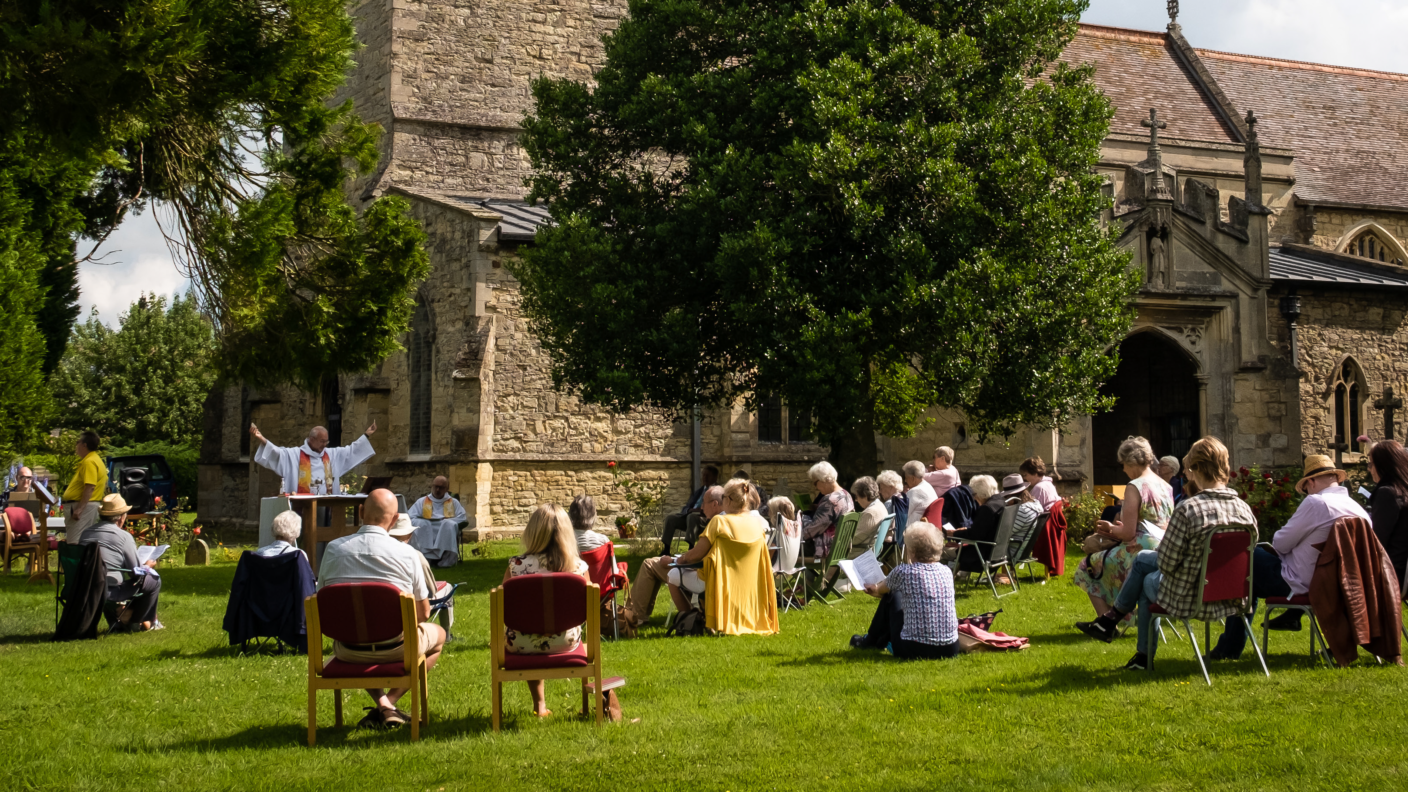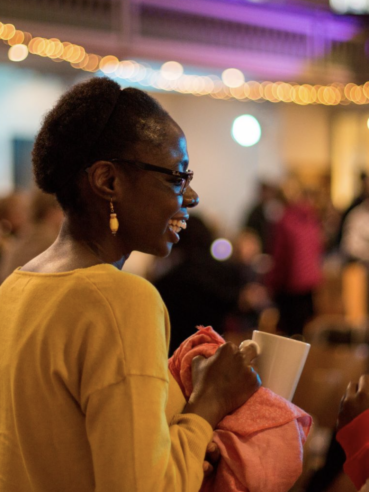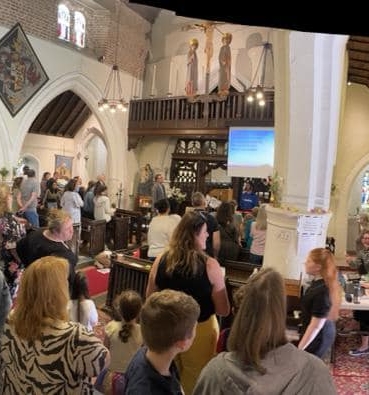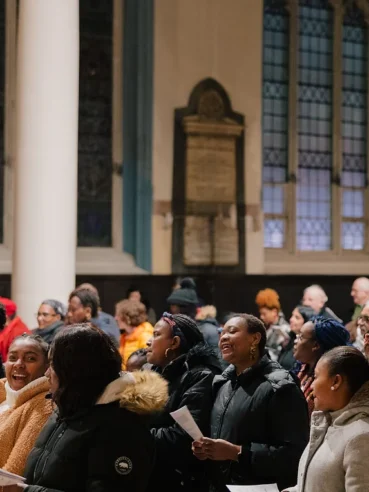Church growth in the 2020s
A critical consideration for anyone interested in church growth in the 2020s is: how has the global pandemic affected the Church?
This is the key question asked by Dr Bev Botting, Dr Ken Eames and the Ven. Bob Jackson when looking at changes in church attendance in the Church of England between 2019 and 2022 (using five sample dioceses: Canterbury, Chester, Guildford, Oxford and Leeds). In their report, Church Attendance in October 2022: Post-Covid-19 Trends, Patterns and Possibilities – which you can read in full below – they assess how far church attendance has recovered from the effects of the Covid-19 pandemic, they identify patterns and variations in the recovery and explore how future growth might be encouraged.
From their analysis, onsite weekly attendance in Church of England churches in October 2022 varied between 73% and 81% of the 2019 pre-Covid figures. This compares with 38% in 2020 and 71% in 2021. Online services increased these numbers, especially in 2020 and 2021; for example, in 2021 digital gatherings raised the total from 71% to around 93%. Since their peak in 2020, total attendance of online services has decreased naturally as church buildings have re-opened and churches have prioritised in-person gatherings.
Although the Church has currently lost at least a quarter of its in-person members, the report does note important areas of focus for growth. The Church is still recovering attendance, but the challenges of the global pandemic have highlighted several key growth factors.
Growing forward
First, the report suggests churches that invested in building community and friendship beyond attendance at events have recovered better than those that didn’t, including in online communities. In some cases, larger churches haven’t recovered as quickly as small churches which more naturally have a community feel. Perhaps a timely reminder that in the mixed ecology, churches don’t need to be large to be effective—smaller churches are easier to start and lead and can have a greater proportionate impact than large churches.
Next, the data suggests that overall growth in church attendance often comes best from planting new worshipping communities. For some churches, reducing the number of services during Covid-19 has increased their capacity to plant in 2023. Teams previously utilised in running existing services, and growing the centre, have been released to reach new people in new and renewed ways.
Third, the report notes that churches that meet weekly have recovered more quickly and are more likely to grow. As with the point above, healthy local systems for developing everyday people as leaders who can pursue the mission of God by planting churches in their context, are key. Churches that are intentional in developing lay leaders unlock barriers to church growth by releasing people who can provide weekly oversite for congregations and can start new lay-led churches as part of the ecology of the Church.
What next?
Although the Church is still recovering from the impact of the global pandemic, data like the Church Attendance in October 2022 report has highlighted the importance of continuing to reach new people in new and renewed ways. Our vision is to equip churches to grow and multiply and for thousands of new churches, so that every person has access to an enriching and compelling community of faith. One key to this is resourcing, training and releasing a new generation of lay leaders—everyday people investing in the re-evangelisation of our nation through local churches.
The Revd Dr Christian Selvaratnam is the Dean of Church Planting at St Hild College and a Fellow of the Gregory Centre for Church Multiplication.














